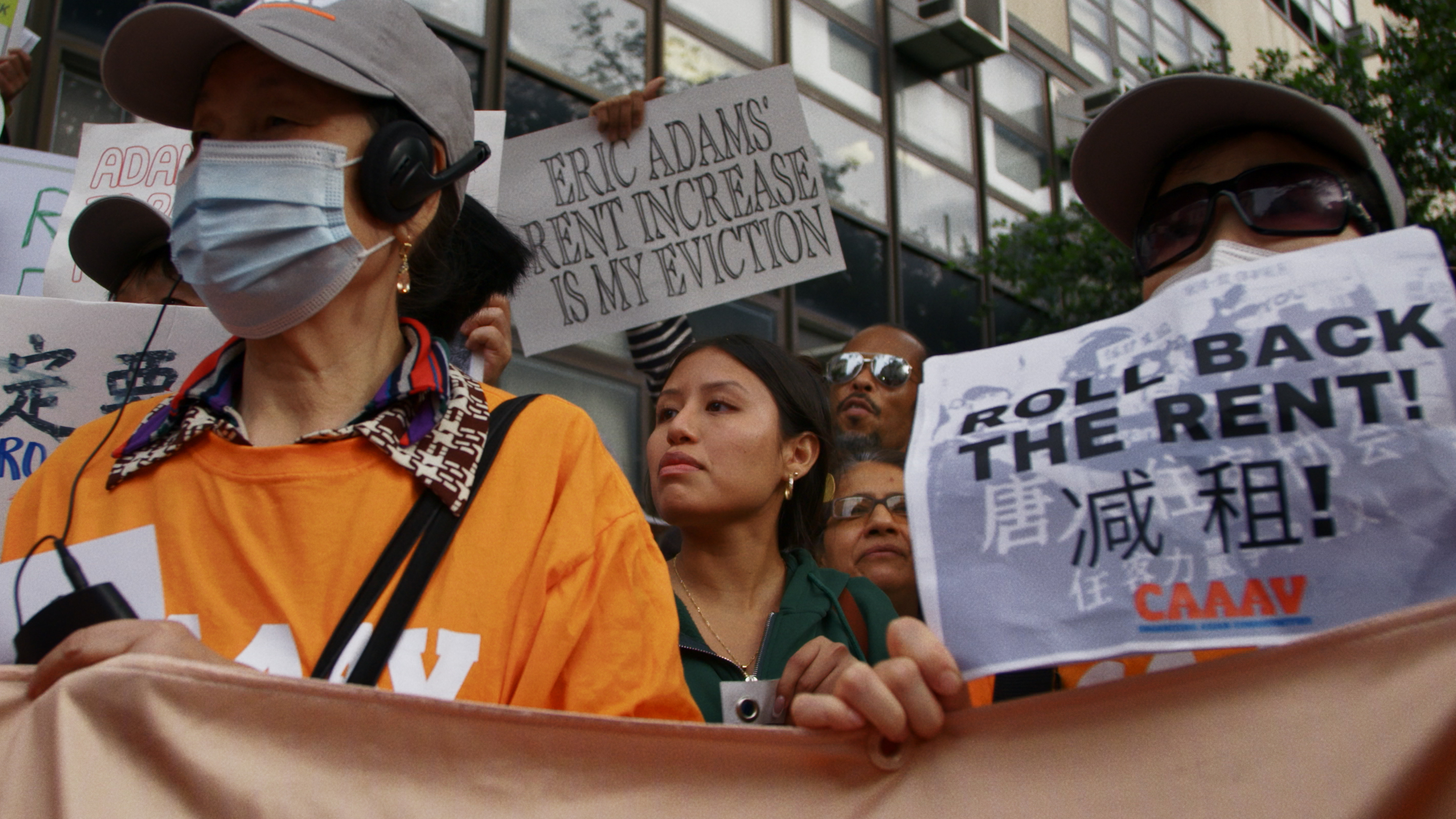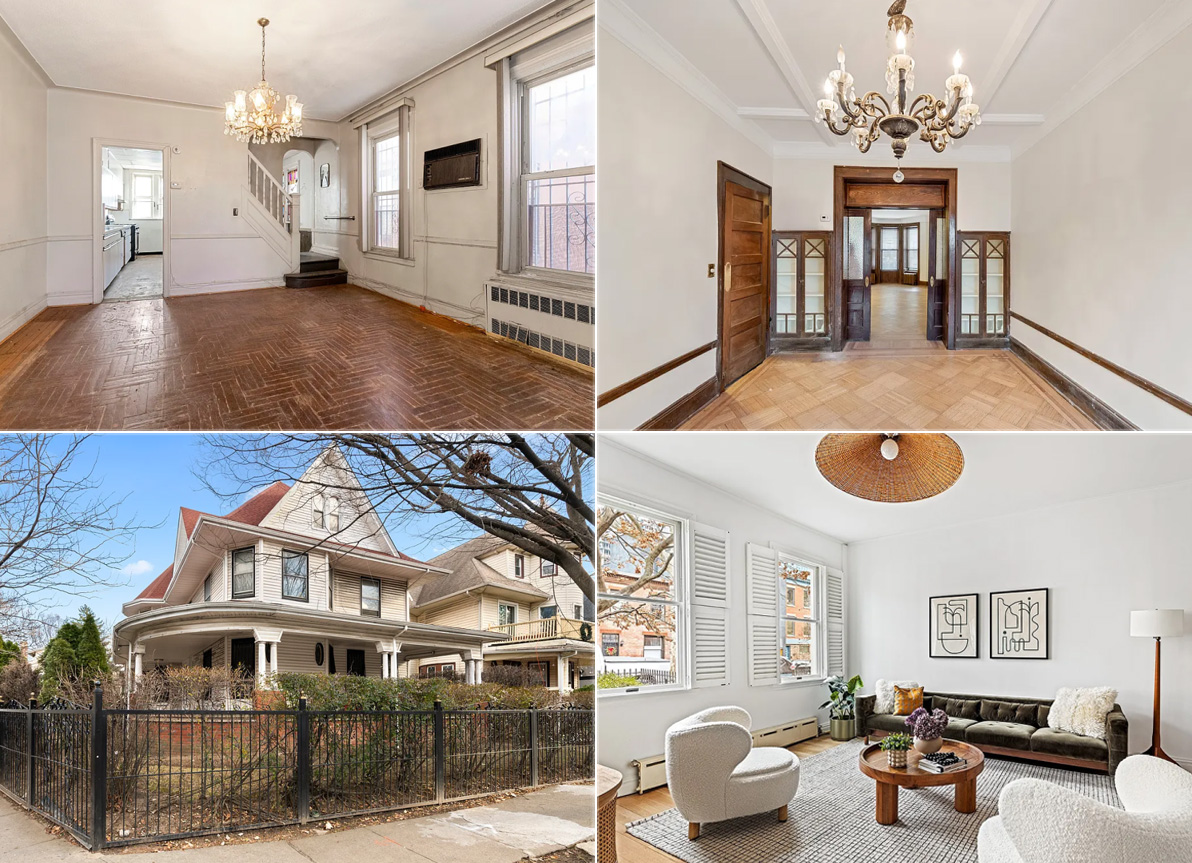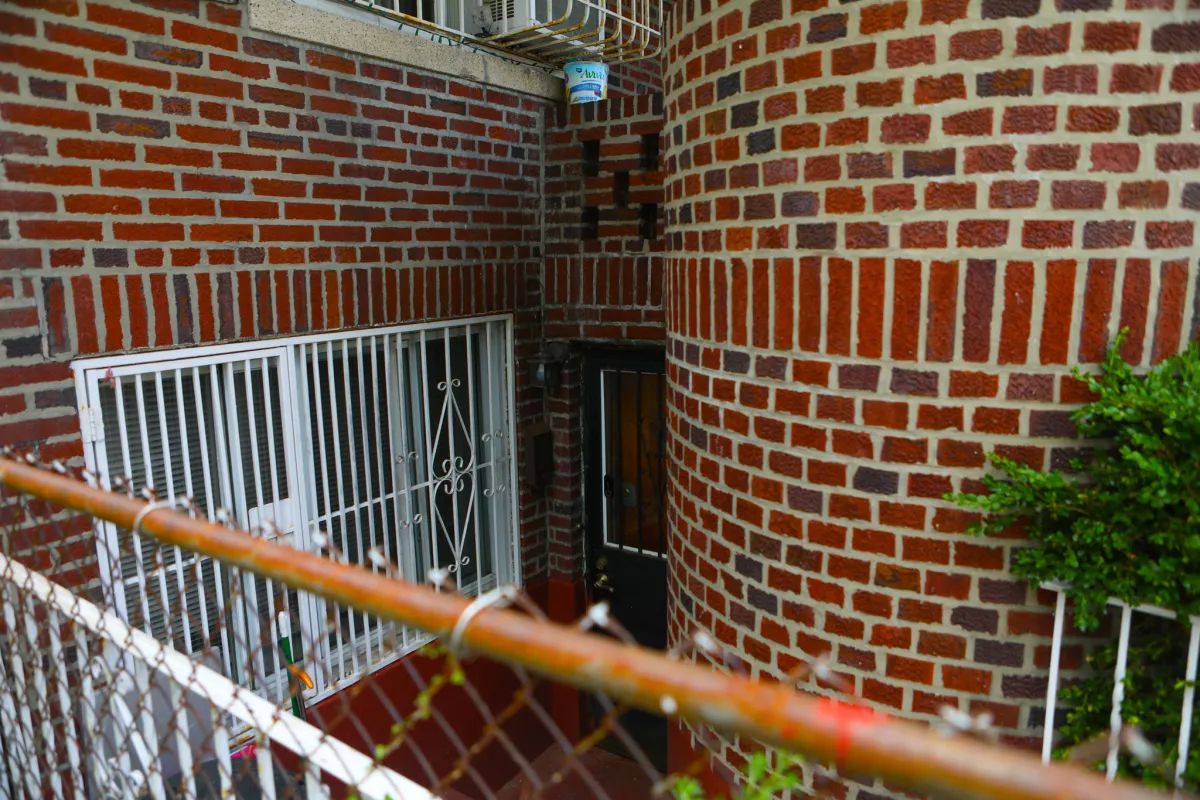The Great Landmarking Debate Rages On
The Post checked in on the city’s far-reaching landmarking plans, which include 10 new historic districts such as the one in Prospect Heights that would be the biggest new historic district designation since 1990. The predictable real estate interests are trotted out to oppose landmarking (Steven Spinola, president of the Real Estate Board of New…


The Post checked in on the city’s far-reaching landmarking plans, which include 10 new historic districts such as the one in Prospect Heights that would be the biggest new historic district designation since 1990. The predictable real estate interests are trotted out to oppose landmarking (Steven Spinola, president of the Real Estate Board of New York, called the expansion “questionable” and said landmarks can “impede the economic vitality of our city.”), as are the views of the pro-preservation crowd (Simeon Bankoff, executive director of the Historic Districts Council, said the recent building boom helped spur demand for landmarks. “Communities woke up to losing what they really valued and said we want to become a landmark,” Bankoff said.). The article also touches on the notion that the overtaxed LPC hasn’t been able to keep up with landmarking requests, as per the losing end of a lawsuit the agency found itself on last November. The LPC is appealing the decision, and “Commission chairman Robert Tierney denied the agency was dragging its feet. ‘We’re sprinting,’ he said.”
‘Historic’ Battle for NYC [NY Post]
Languishing at the LPC [Brownstoner]





I agree with everyone above. Also, although landmarking is often the only way to ensures preservation, as bxgrl pointed out, the expense and the joy of deal with LPC means owners in those (proposed) districts run out and make hasty (and often ugly) changes because they will be grandfathered in. If the owners are bought in early in the process and their concerns and fears considered, landmarking might well be the win-win it was meant to be.
Completely agree with sam and MM. Sometimes it seems the LPC undercuts itself and creates work for itself with less important things- like the color of your door- than saving whole historic neighborhoods. I love historic preservation- but we also need to acknowledge we live in the 21st century. Few historic buildings have survived the years without some change.
In a preservation Lite district, “contextual” could mean protecting the look and feel of the building without demanding completely accurate preservation. In poorer neighborhoods that would be helpful too. Preservation and renovation are expensive- easing up a bit would possibly make it more affordable for homeowners to comply, and make landmarking easier and more desirable. Many homeowners in CHN feared landmarking would make repairs and renovations much more expensive and I’m sure it does.
I agree with Montrosse across the board on this. I agree that the boundaries of Historic Districts tend to be too raggedy and confusing, so what if certain buildings are not as good as others? Clean boundaries would make more sense. I also agree that we need “Preservation Lite” districts where additions and demolitions are strictly controlled but nobody will give you a hard time about what color you wish to repaint your trim or the details of your replacement windows. I’m afraid the Commission sometimes loses sight of the big picture and gets mired in the tiny-teeny details.
A more “big picture” approach is needed at the LPC. They need to expand the areas where historic houses and other buildings need to be protected from demolition and not worry so much about window muntins.
The Post is being rather simplistically either/or here, and that just helps fuel the fires beneath people who think preservationists only want to encase the city in amber, stagnant and never changing.
First of all, when the LPC looks at an area for designation, they generally exclude buildings, even entire blocks, that they feel are not architecturally worthy of designation. In my CHN historic district, the map cuts in and out of blocks excluding some buildings that are so far changed from their original architectural roots, or so nothing, that they have been excluded. (I admit to not being in total agreement with some of their choices, btw).
Secondly, within an historic district, there is still opportunity for growth. Maybe not so much in Manhattan, but here in Bklyn, you can build on empty lots, you can build on non-landmarked sites within an HD. You can renovate and repurpose existing buildings, you can add additions. What you can’t do is put up or add non-contextural crap. That restriction should be seen not as a detriment, but as a challenge for some good architecture, instead of the usual condoboxes, Fedders, and bland residential towers soaring over brownstone rows.
Part of what makes our neighborhoods desireable is their historic appearance. Landmarking currently is the only way to guarantee that. Personally, I’d like there to be something in between free-for-all and landmarking for areas that really aren’t worthy of full designation, but need guidelines to prevent total chaos and destruction. I realize that isn’t going to be happening soon.